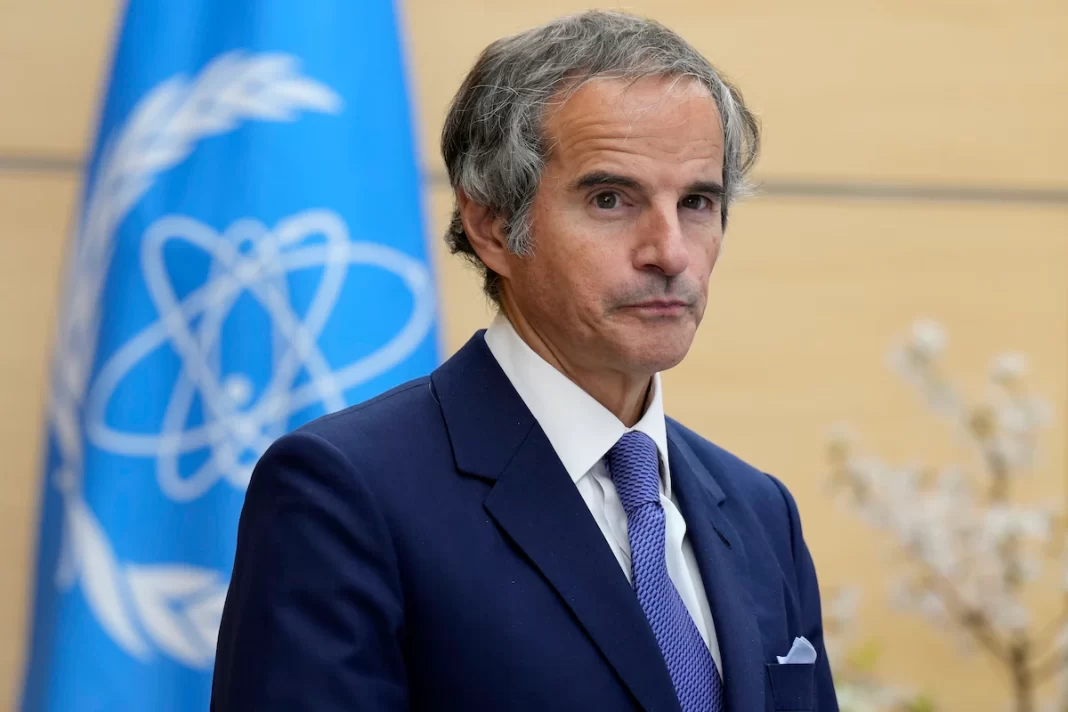IAEA Director Plans Talks in Iran
The head of the United Nations’ nuclear watchdog, the International Atomic Energy Agency (IAEA), is heading to Iran soon to discuss the country’s nuclear program. His visit follows an agreement with Iran in March 2023 aimed at increasing cooperation and transparency in Iran’s nuclear activities. These talks are part of efforts to resolve concerns about Iran’s nuclear advancements. The IAEA seeks to verify Iran’s commitment to keeping its nuclear program for peaceful purposes only.
IAEA Meeting Focus: Inspections and Transparency
The March 2023 agreement between the IAEA and Iran included commitments to expand nuclear inspections in Iran. This allows the IAEA to better monitor Iran’s nuclear activities. Iran agreed to address questions about certain nuclear sites, allowing the IAEA to gain access to more facilities and provide verification on Iran’s uranium enrichment activities. Director General Mariano Grossi plans to build on previous discussions with Iranian officials and aims to create a clearer understanding of Iran’s current nuclear operations.
Concerns Over Uranium Enrichment
Recent IAEA reports show that Iran has been enriching uranium to levels close to those needed for weapons. Enriching uranium to 60% is only a short step away from 90% purity, the level needed for nuclear weapons. According to the IAEA, Iran currently has enough 60% enriched uranium to produce multiple nuclear bombs if it chose to pursue that path. Grossi has also noted that his agency cannot fully guarantee that all of Iran’s nuclear work is open to inspectors, adding to the urgency of these discussions.
2015 Nuclear Deal Collapse
The situation is complicated by the collapse of the 2015 nuclear deal between Iran and major world powers, which had restricted Iran’s nuclear program in exchange for economic benefits. The United States withdrew from the deal in 2018, which led Iran to lift restrictions on its nuclear enrichment activities. Since then, Iran has enriched uranium beyond the levels agreed upon in the 2015 deal. The IAEA is now tasked with monitoring this rapidly advancing nuclear program under far less cooperative conditions than before.
High Stakes Amid Regional Tensions
This visit occurs against a backdrop of widespread conflict in the Middle East and rising tensions with Western nations. With the return of U.S. President-elect Donald Trump, who has previously expressed strong opposition to Iran’s nuclear activities, Iranian officials and citizens are divided on what this might mean for the future. Some fear an escalation in hostilities, while others hope for unexpected diplomacy.
Global Concerns Over Potential Conflict
Global attention remains on Iran’s nuclear program due to the potential risks it presents to regional and international security. If Iran’s uranium enrichment continues without limitations, some countries may worry about the possibility of Iran developing nuclear weapons. The IAEA’s visit aims to prevent misunderstandings and bring more openness to Iran’s nuclear activities, but the international community is watching closely. Any sign of progress during these meetings could influence stability in the region.
Next Steps and Future Talks with IAEA
The IAEA plans to keep working with Iran to secure greater transparency and to increase nuclear inspections. Grossi’s visit to Tehran signals the importance of ongoing dialogue, but it also highlights the high stakes involved as Iran continues its nuclear activities. Many hope that this latest round of discussions will lead to more cooperation and help reduce tensions in a volatile part of the world.

